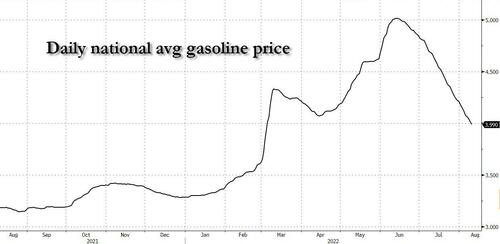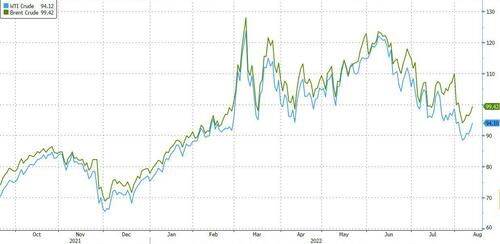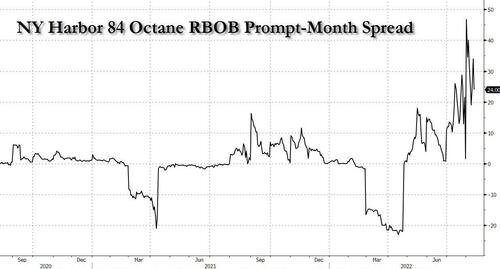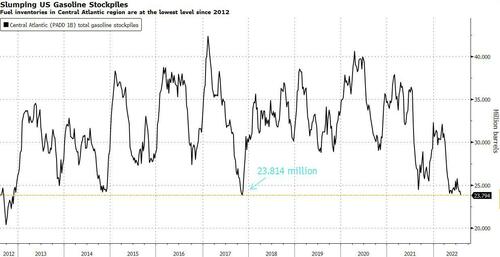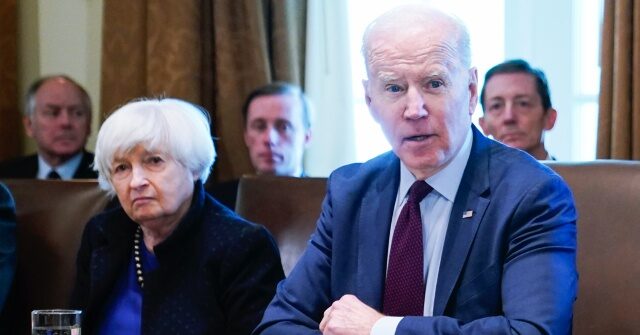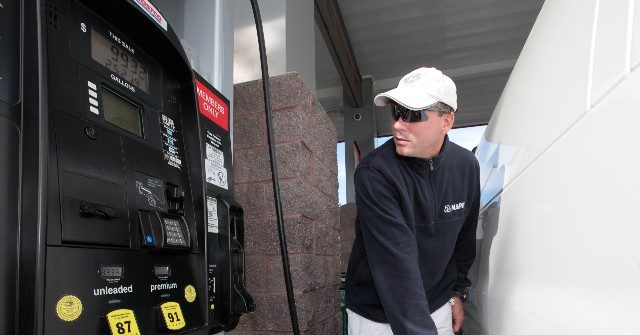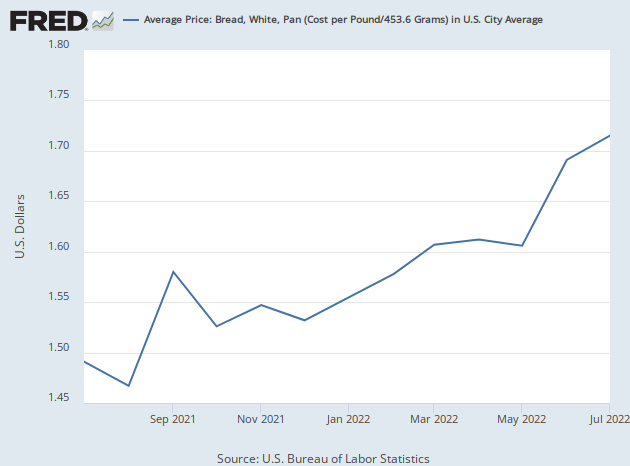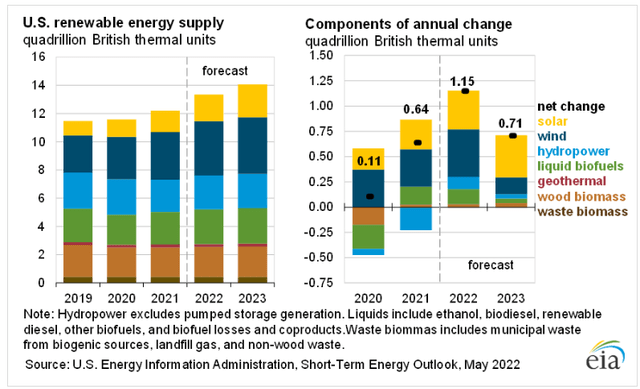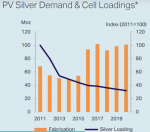Why there is no chance of civil war or revolution in the developed world.

waspergers.substack.com
A Taste of Armageddon
Why there is no chance of civil war or revolution in the developed world.
Sherman McCoy
Aug 28, 2021
Introduction
Many in the US political sphere seem convinced that we are on the verge of an apocalyptic moment.
On the left, outlets like Jacobin like to point out that income inequality is at the highest it’s been since 1917 — the implication, of course, being that 1917 was the year when the Bolsheviks overthrew Nicholas’s Russia and founded the Soviet Union1. On both the left and right, outlets like the Vice2 and The Federalist3 wonder if the highly polarized political environment will boil over into a second civil war.
Both the left and right have their own narratives about what will lead to the conflict. Those on the socialist left who adhere to the theories of historical materialism believe we must be in the “late stage” of capitalism, and that the transition to socialism is inevitable. There are those on the right who think the culture war will eventually turn violent.
Both of these narratives are completely wrong. The risk of sustained, multi-year civil conflict with occupied territory and frontlines in the US, or any similar country, is nil.
Portrait of the American Normie
If you’re reading this, you probably care about politics. You probably voted in your country’s previous election. If you’re an American, you probably not only voted in the 2020 presidential election, but also voted in the 2018 midterms, and plan to vote in the 2022 midterms. You also probably check the news every day, talk about politics on Twitter, and watch cable news every now and then.
If you’ve done all of these things, that makes you, and I, very weird people.
Most people are not politically engaged. The median voter turnout for the past few American presidential elections is 55%. The talk of Red America versus Blue America misses the third, and largest, group: Did Not Vote America.
Even among the half of Americans who do vote, only a minority of them are truly politically engaged. Fox News likes to boast that it is the number one cable news network. Democratic politicians and pundits bemoan how Fox News is poisoning the minds of malleable voters. But being the number one cable network is like being a small fish in a big lake. There seem to be 60M reliable Republican voters in the United States. Fox News’s average ratings for 2021 appear to be somewhere around 1.25M4, roughly equal to CNN and MSNBC combined.
Ratings for Fox News tend to spike whenever there is an election or inauguration, and were through the roof throughout the coronavirus pandemic and 2020 election. But before Biden, 1.5 million seems to be the average viewership for Fox, and since Biden, the number seems closer to 1.25 million.
On a normal day, the entire market for American cable news is 2.5M people. For comparison, three million people watched the eleventh season premiere to the beleaguered zombie show The Walking Dead5.
It’s worth noting that Fox News’s and CNN’s viewers probably vary throughout the week. Anderson Cooper might get half a million viewers on Monday and Tuesday, but the intersection of the Venn diagram for those viewers could be quite narrow. 38% of Americans say they watch cable news “some of the time” according to Pew. But the number of people who watch Fox or CNN consistently is probably quite low6.
For those Americans who do vote, following politics typically comes not from watching Tucker Carlson or Rachel Maddow, but rather the five-minute segment about what’s happening in Washington during their local evening news, before the coverage of the weather and high school sports.7 71% of Americans watch their local news, and spend less time watching the local news than dedicated cable news junkies spend watching their networks.
The average American “normie” does not care about politics because they’re too busy. They don’t watch Tucker Carlson because they’re helping their son with math homework. They don’t talk about corporate tax rates on Twitter because they have to make sure Sally gets to ballet class on time. Why would a civil war or revolution be on their minds?
The Average Would-Be Revolutionary
Throughout history, people leading revolutionary movements fit a certain profile:
They were born to an upper-class, or middle-class household.
They are well-educated. They’ve certainly gone to college, and there’s a good chance they’re a lawyer.
They’re typically young when the revolutionary fervor begins, usually between the ages of 21-39.
This profile could fit America’s Thomas Jefferson, France’s Maximilien Robespierre, Russia’s Leon Trotsky, or Ireland’s Michael Collins. It also fits the leaders of 20th-century terrorist factions well, including the Weather Underground’s Bill Ayers and the Irish Republican Army’s Gerry Adams and Martin McGuinness.
None of these people are the normies we’ve discussed earlier. Since more than half of US adults do not have a college degree and since about half are over the age of forty, being a young college-educated person actually makes you somewhat weird.
Both the French Jacobins of the 1790s and American Weather Underground of the 1970s styled themselves as freedom fighters. But the French Jacobins were able to raise an army of peasants, and membership of the Weather Underground is estimated to have peaked at around 600 mostly college-educated people. Why did one group succeed in convincing normies to take up arms, and the other fail?
The answer is simple: living standards. Before the French Revolution, France was in a terrible recession as it tried to recover the costs of supporting the American Revolution in its quest to undermine its rival, Great Britain. But Britain’s government debt was even worse than France’s.
Why did France revolt, and not Britain? France just had a terrible famine, while everyone in Britain was well-fed. Robespierre’s talk of “liberty, equality, brotherhood” to his army of normies mostly went over their heads — they really wanted food in their empty stomachs. This is why the USA, after the tense decade of the 1960s, ultimately did not erupt in a civil war: living standards were too high.
We now live in a world of material abundance. At the turn of the twentieth century, the cultural understanding of wealth was the “fat cat” — an old man in a suit who was fat because he could eat whenever he wanted. The opposite is true today. The poorer you are, the more likely you are to be obese. Today, the rich don’t use their wealth to eat more — they use their wealth to buy Pelotons and yoga classes to burn off their excess calories they accumulate at their foodie brunches. This would have been unthinkable a hundred years ago.
For this reason, I rate the odds of a sustained civil war or revolution in the USA as being effectively zero.
Domesticated Humans
In an article for the Washington Post, Richard Hanania observed that rich countries typically don’t have civil wars8. I agree, and would actually take the proposition further: the violence of civil unrest is inversely proportional to how wealthy the country is. The more materially comfortable people are, the less violent they become. I do not have enough statistics to rigorously prove this claim, but I do have some data points:
Syria currently has a GDP per capita of around $3,000, and is in the midst of a real, shooting civil war.
In Ukraine, with a GDP per capita of $10,000, there is currently a shooting war in the Donbas region. But strangely enough, not everyone seems to care about it. Life goes on as normal there.9
When the US experienced left-wing terrorist bombings in the 1970s, the country had an inflation-adjusted GDP per capita of around $35,000.
At the near-midpoint of the Troubles (1990), the Republic of Ireland had an inflation-adjusted GDP per capita of $30,000, very similar to that of the USA in the seventies. The violence in Ireland was also quite similar to that in the USA in the seventies: irregular, random bombings.
The present-day GDP per capita of the United States is $65,000. Now that we are twice as rich as we were in the seventies, what form will civil unrest take?
In 2020, the USA saw the most significant nationwide violence since 1968. Entire cities went up in flames. The White House went dark as they rushed the President into the bunker. If you’re my age, the 2020 riots were unlike anything you’ve seen before. But the 2020 riots, believe it or not, were less violent than the 1968 riots10. At least 85 people were killed in 1968. The consensus for 2020 appears to be nineteen11. Some say a biased press could be undercounting deaths from 2020’s civil unrest, but for it to be worse than 1968, it would have to be off by a factor of six: 4 for the deaths themselves times 1.5 because the US has 50% more people in it today.
A year later, you would expect there to be large protests, and perhaps riots, on the anniversary of George Floyd’s death. And yet, there was no looting in 2021. What changed between 2020 and 2021? In the summer of 2020, America was in the midst of a government-mandated economic depression. Bored and unemployed young people are a poor predictor of social stability. When the lockdowns ended after the vaccine was released, people stopped being bored and unemployed, and thus were not susceptible to violence.
Bread and Circuses
As long as people have written about politics, people have observed that governments can use “bread and circuses” to distract and pacify the population. Today, we have bread and circuses down to a science.
In the 1970s, television was the American public’s favorite toy. But there were only four channels: NBC, ABC, CBS, and PBS — and maybe a fifth channel in some markets. Because the window for content distribution was so “narrow”, networks had no choice other than to tailor all of their programming for the median viewer. No such limits exist today. There is a practically unlimited amount of content on the Internet, all personally tailored to you by advanced algorithms.
Our modern understanding of biology, chemistry, and neurology allows us to design bread and circuses like never before. Beverage companies have found chemicals that taste like sugar but with none of the calories. Tech companies design their apps to give their users dopamine hits the more they use them. Cannabis will inevitably be legal for recreational use in the whole USA, and already is in Canada.
As I write this, I am thinking of a TikTok I saw recently featuring an androgynous couple, where one person would randomly feed her (?) boyfriend (?) snacks. Each time she randomly and without warning handed him a snack, he would stop his video game and consume the snack with almost euphoric enthusiasm. This is an effective visual representation of our economy — geared to produce an endless stream of consumer products scientifically designed to release pleasing chemicals in our brains.
A Taste of Armageddon
Every now and then, you’ll see a headline saying something like “the US is as divided as it was in the 1860s. Are we headed for another civil war?” Yes, the US is heavily divided right now. Americans are geographically sorting themselves by party like never before. Many report that they have no friends of the opposite political persuasion. But as long as the population has hot showers and three meals a day, there will be no frontlines or occupied territory in the USA like there is in Syria.
It is my belief, that I cannot prove, that would-be Weathermen bombers of today are exhausting their political fervor through heated internet arguments on social media. In other words, the Second Civil War is happening, but happening entirely online. If the US was as (un-)developed as it was in 1776 or 1860, it’s possible this political situation could have boiled over into a real, shooting war in 2020. But since the US is so rich and comfortable, the average citizen will not want to mess that up.
Unlike real wars, where one side capitulates after suffering death and destruction, there is no real damage caused by online flame wars, and therefore, no incentive for the “war” to end. Ergo, I do not believe that the current political fault lines of the USA will ever be resolved, through either violence because it’s unlikely, or through the political process, since neither side is going away anytime soon. Even as far into the future as 2100, political factions resembling today’s Republicans and Democrats could be yelling about very similar culture war issues.
As an aside, this is why the Afghanistan War was able to last for twenty years — because it was less violent than previous wars. Twenty thousand Americans were killed in the Battle of Normandy alone, but seven thousand US servicemen and military contractors were killed in the whole Afghanistan War12. The advent of the drone means fewer US soldiers and pilots are put in harm’s way. Of those soldiers who are deployed to the frontlines, better medical technology turns would-be KIAs into living Purple Hearts. We wind up seeing fewer coffins covered in the Stars and Stripes than we did in Korea or Vietnam, and this is what the US electorate finds least attractive about going to war. This is why I expect future US wars to resemble Afghanistan in both length and character — and I say this as someone who leans towards anti-interventionism.
Concluding Thoughts
There’s another trend working against the specter of political violence in the developed world. Recall that most would-be revolutionaries are young people. Most people who commit violent crime are also young people. Older people with skin in the game, who have families and own homes, typically do not want to take on the risk of toppling the government unless there is a total collapse of living standards.
The average age in the developed world is increasing, and shows no sign of stopping. In 1970, the median American was 28 years old. Today, the median American is 38 years old13. The fewer young people there are, the less would-be revolutionaries there are too.
My personal opinion — I think the impossibility of a second civil war or revolution is a good thing. Anyone who thinks we are headed towards a civil war is delusional. Anyone who wants a civil war to happen in a country with nuclear weapons is insane.
